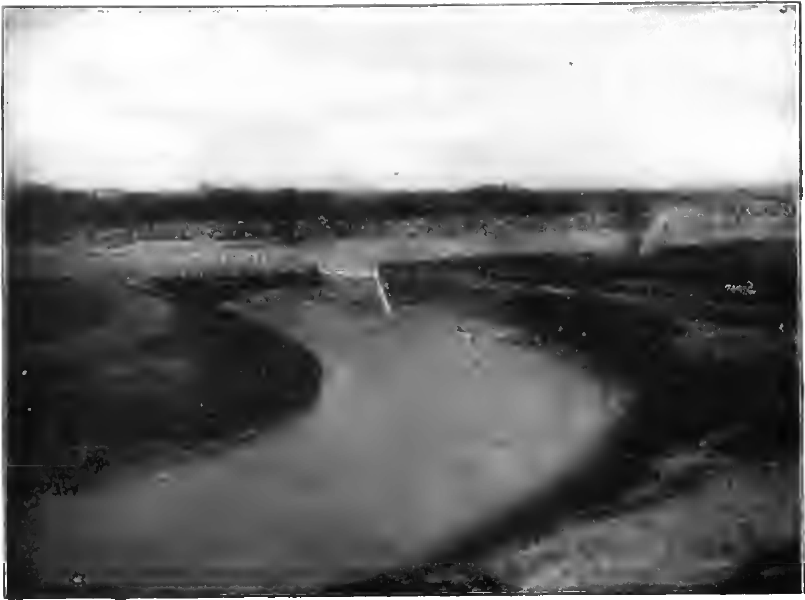<![CDATA[Enjoying the warmth of a campfire, nibbling on wild berries and enjoying a delicious picnic basket along with your loved ones – it could be a scene from a modern-day camping trip. In this case though, according to reports, it happened almost 1400 years ago in modern-day Edmonton, Canada. In a rare discovery, researchers have dug up a 1400 year old campsite that is not different from the thousands of campsites that have been found all along the river, but the fact that it is in such a public location makes it an important one. As a result, the experts began running tests before paving the way for the new Walterdale Bridge. In fact, they took dirt samples of the campfire hearth and also spent days washing the dirt using a screen and sorting it with a dissecting microscope. From these charred remains, scientists working at the Royal Alberta Museum have managed to discern the seeds of a Kinnikinnick plant, pin cherries, bunch berries and chokecherries. It is estimated that Kinnikinnick was used for smoking. Scientists have also managed to uncover remains of bison, rabbit, geese, duck, gopher and the gill cover of a whitefish. According to Gareth Spicer, an archaeologist with the Turtle Island Cultural Resource Management, it is easy to imagine these ancestors sitting around the area, enjoying rabbits and whitefish, making stone tools, eating cherries, smoking their pipes and having a blast. Sounds like the perfect camping trip. Spicer also believes that these people were not homeless. They were the privileged ones who had come to the area for the picnic. He believes that the remains show that they had everything right at their fingertips. The City of Edmonton has now developed plans to redevelop the Queen Elizabeth park and also include a historical aspect to it. The site of the original twin forts has always been an important site for historical activists. The monument located there also marks the fur trade era graveyard that was disturbed during road construction. Representatives of several of the local aboriginal groups monitored the excavations. Unfortunately, despite the widespread search they did not manage to find any human bones in the area. Archaeologists also ran tests to determine the age of the banks located on the both sides of the river. Even though a complete report has not yet been made available, preliminary findings have shown that both sides are extremely different in age. Rossdale is very old. Its chemical signature matches the Mount Mazama eruption that dates back to 7700 years. However, human habitation in that era hasn’t been found as yet. The south bank is far younger as radiocarbon dating only dates it to about 1000 - 1400 years old. If you’re wondering how this is possible, imagine the picture of a river that cut out through this gigantic valley over 10000 years ago after the ice age ended. The river then began to shrink in size and therefore began its process of cutting the bank in some places and building them up elsewhere. Over the years, it would flood and spill all over the bank, leaving behind silt. Scientists further tested a piece of wood found right above the underlying gravel. The wood dates back to almost 1200 years, which means that approximately 6 meters of sediments were put on top of it in the past 12000 years. And to think about it, that’s a huge amount of sediment. ]]>
Archaeologists Discover a 1400 Year Old Campsite in Edmonton
